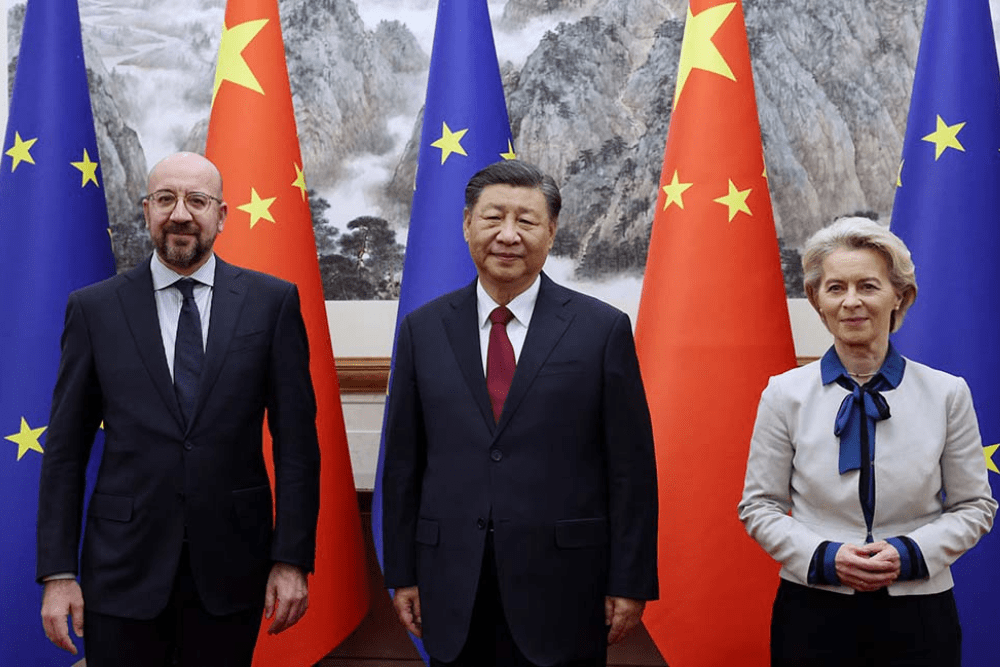News | European Parliament
-
Around 2.5 billion EUR investment for EU cultural and creative sectors
-
More focus on music, inclusivity and promotion of female talent
-
News media supported for the first time
On Wednesday, MEPs adopted ‘Creative Europe’, the EU’s programme for culture and the audiovisual sector, and the EU’s biggest ever financial commitment.
The new programme, with its budget almost doubled when compared to 2014-2020, (up from 1.4 billion euro) will invest 2.5 billion euro (in current prices) in the EU’s cultural and creative sectors. MEPs recognise the importance of the continent’s cultural sector, and helping it recover from the COVID-19 pandemic which has left many music and cultural venues across Europe closed.
Alongside the significant increase in funding, MEPs secured greater focus on inclusion, on support for contemporary and live music sectors that are among those hit hardest by the pandemic, and higher co-financing rates for small-scale projects.
In negotiations with Council, MEPs were also successful in including an obligation for the programme to promote female talent and support women’s artistic and professional careers. Women are still underrepresented in decision-making positions in cultural, artistic and creative institutions.
In the plenary debate before the vote, MEPs spoke of how COVID-19 has put artists and cultural workers in a precarious situation, and in need of the EU’s support more than ever. Many insisted that culture and art deserved even more of the EU financial support in the future. Watch the debate here.
Quotes
“The new generation of the programme has been developed with two important objectives in mind: firstly, the safeguarding, development and promotion of European cooperation on cultural diversity and heritage. Secondly, to increase the competitiveness and economic potential of the cultural and creative sectors, in particular the audio-visual sector. This is particularly important given the disastrous effects of the pandemic. The Parliament worked hard and fought for a strengthened and enhanced programme; now it is time also for member states to make concrete efforts in supporting the sector to recover”, said the rapporteur Massimiliano Smeriglio (S&D, IT).
“Around 3.8 % of Europeans work in European cultural and creative sectors. However, this sector has always faced challenges ‑ such as competition with big commercial productions and the very fragmented transnational cultural market. Now, current lock-downs have had a dramatic effect on the EU’s cultural communities, and they need our help more than ever. This significantly better-funded programme recognises the added value of culture to our European way of life and is a first step towards helping it stand up to the challenges of globalisation and digitalisation”, said Chair of the Culture and Education Committee Sabine Verheyen (EPP, DE).
Next steps
The programme has been already approved by the Council and will enter into force immediately after being published in the official journal. In order to ensure a smooth transition from the previous programme period, retroactivity provisions in the regulation ensure that the new Creative Europe enters into effect from 1 January 2021.
Background
The largest slice of “Creative Europe” (1.4 billion EUR) will go to the MEDIA strand that supports the development, promotion and distribution of European films and audiovisual works within Europe and beyond.
The CULTURE strand supports cross-border cultural and creative projects – cooperation (networks, platforms, innovation projects) between organisations and professionals in areas such as music, books and promotion of European literature, architecture, as well as the EU Cultural prizes and initiatives.
Under the third, cross-sectoral strand, the support for the first time will also go to the news media sector, promoting media literacy, pluralism, press freedom and quality journalism, and helping the media to better address the challenges of digitalisation.












